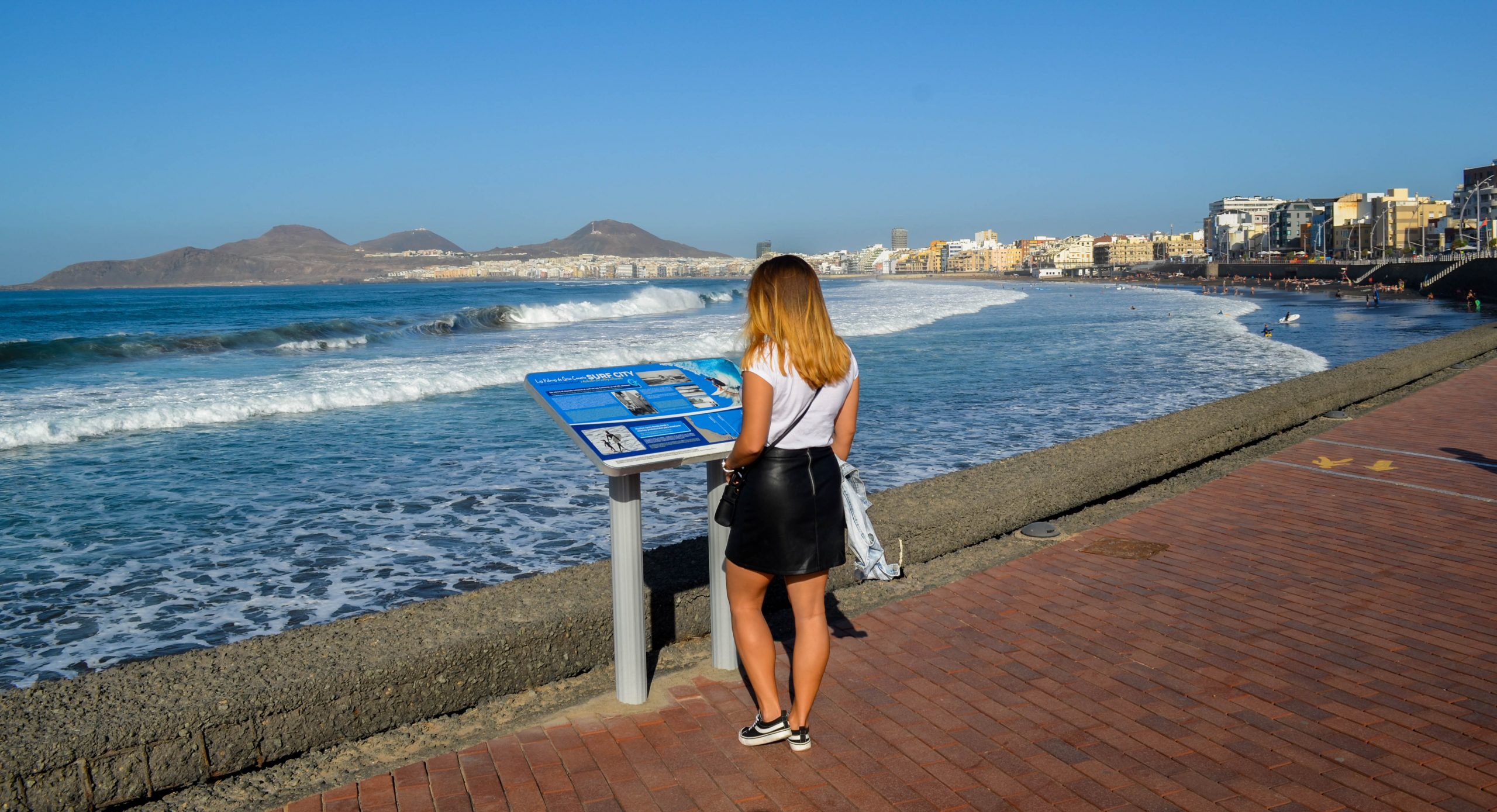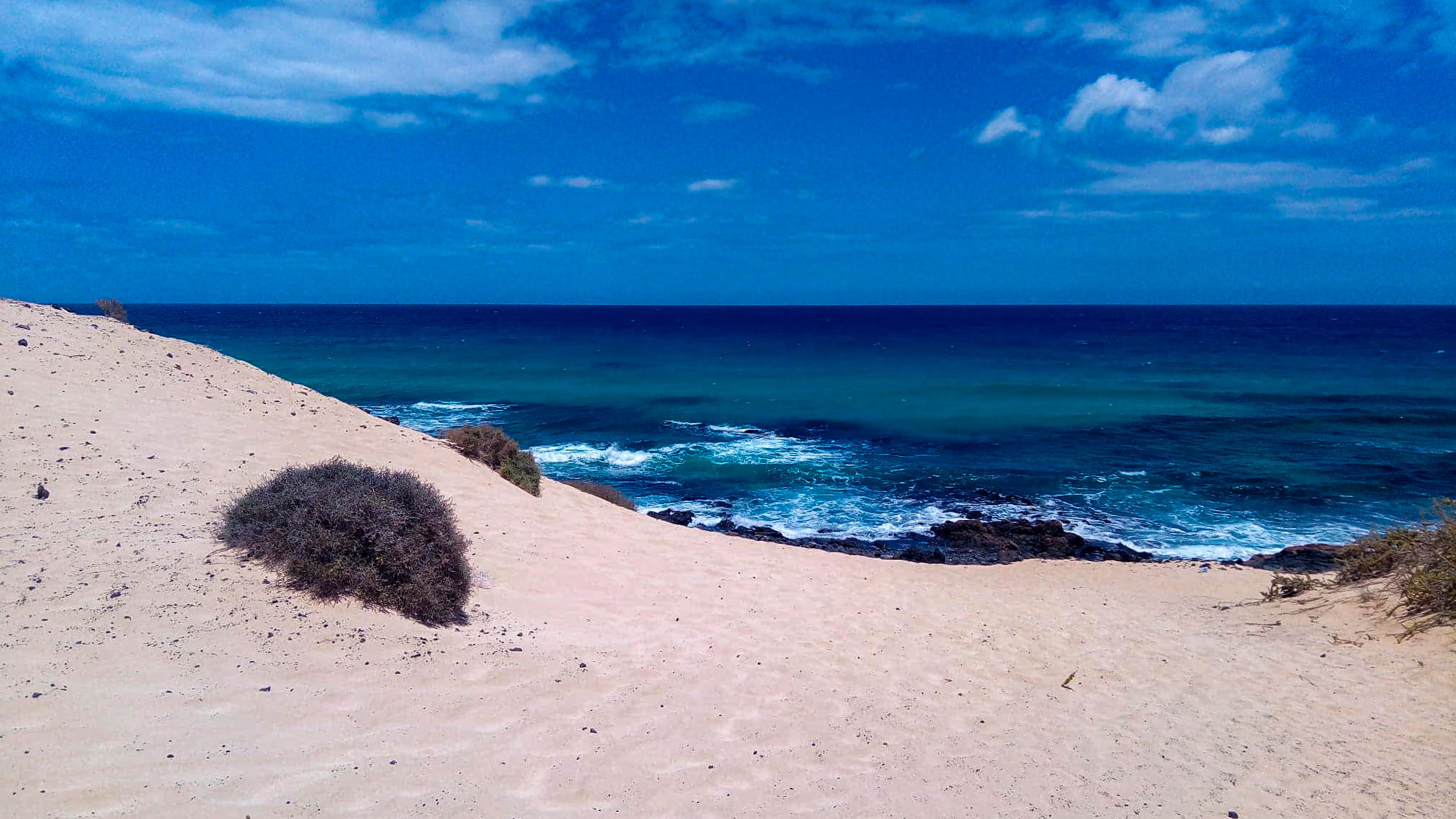
Fuerteventura – Welcome to the Canarian Paradise
Do you remember seeing all those pictures with miles of paradisiacal beaches of white sand and turquoise waters?
Well, you don´t have to go too far away to make these dreamy images come true any day of the year.
Fuerteventura is not known for its museums or historical monuments but for its natural landscapes. It is the ideal choice for a weekend getaway or for a short vacation for two if you want to relax away from the stress and noise of a big city. Fuerteventura is the perfect combination of blue sky, sandy beaches, and turquoise waters of the Atlantic Ocean.

Geography
The island of Fuerteventura is the second-largest island in the archipelago and the oldest one. Also, it is the driest one, located less than 100 kilometres from the African Coast.
How? It has several types of rocks that can´t be found on any other island, and it is the most eroded island. The highest point in Fuerteventura is Pico de la Zarza (807m)
Fuerteventura would not be complete without its companion, Lobos Island (a small islet), which is also part of its territory. It´s characterized mainly by a strong contrast between the most paradisiacal beaches and the volcanic areas. Its coasts are very popular among tourists looking for endless beaches of fine white sand.
On the other hand, it has unbeatable conditions for windsurfing and other water sports such as surfing and diving.
One of the most visited places on the island is El Monte de Tindaya (700m altitude), an ancient sacred place.
Short History
The origin of Fuerteventura took place with the arrival of the first settlers that were dedicated mainly to pasturing, agriculture, the cattle ranch, and fishing.
They used very rudimentary techniques and were known as the ¨majos¨. The name ¨majos¨ came from the Berber tribes of North Africa and referred to footwear made from goatskin.
During this time, Herbania (this is how they first called the island, was divided into two kingdoms separated by a wall. To the north of the island was Maxorata, and to the south, Jandía.
Planaria and Capraria were some of the other names given to the island after being occupied by the Romans. Planaria was due to the flat terrain of the island with some elevation or mountains. The second name, Capraria, was given due to the large number of goats that lived in the territory.
It was in 1402 when the island began to change considerably. The first expeditions to Fuerteventura started through the famous Puerto de la Peña.
In the ’70s, the island experienced the highest economic growth due to the tourist influx. That was the time when Fuerteventura begin to present itself as a perfect tourist destination.
During these years, the island suffers a significant commercial push, betting on cultural and economic exchange. The first commercial port is built, and Puerto de Cabras is named the capital of the island.
Throughout the 20th century, Fuerteventura began its great economic take-off thanks to tourism development. Also, due to the advancement of new technologies in wind, solar and seawater desalination energy.
Currently, the capital of Fuerteventura is located in Puerto del Rosario.
Culture
The passage of history has left marks on the island.
High archaeological, artisanal, architectural and ethnographic values were witnesses to the cultural evolution of this island community.
A historical heritage that has been enriched and accompanied by multiple cultural and artistic manifestations.
The legacy of the island´s identity gives to the island singularities that are difficult to find in such a small territorial space.
Same as in the other islands, a big part of the island´s culture is the Carnival. Every year, during February or March, they celebrate it in the main towns of the island.
Nature
The natural beauty of Fuerteventura has been declared World Biosphere Reserve by Unesco.
The insular territory and its surrounding waters captivate the senses of anyone who contemplates it.
Its monuments and natural parks, the rural areas, the incredible landscapes are living witnesses of the volcanic origins of this island.
The island is inhabited by a variety of plants and native fauna of great value.
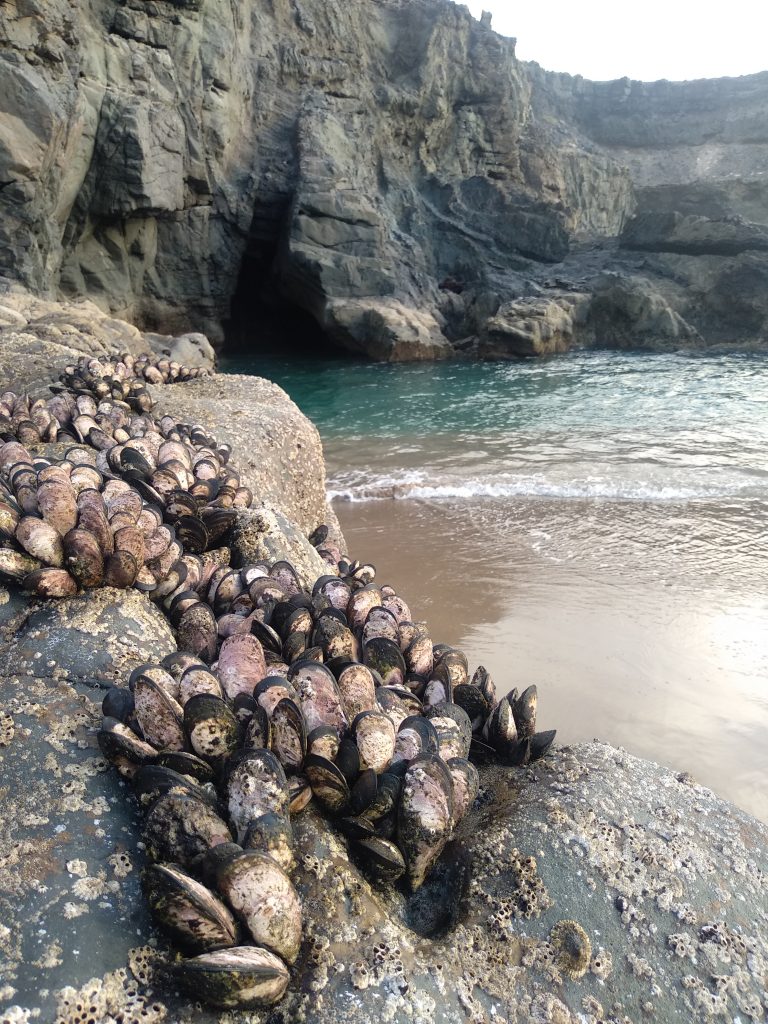
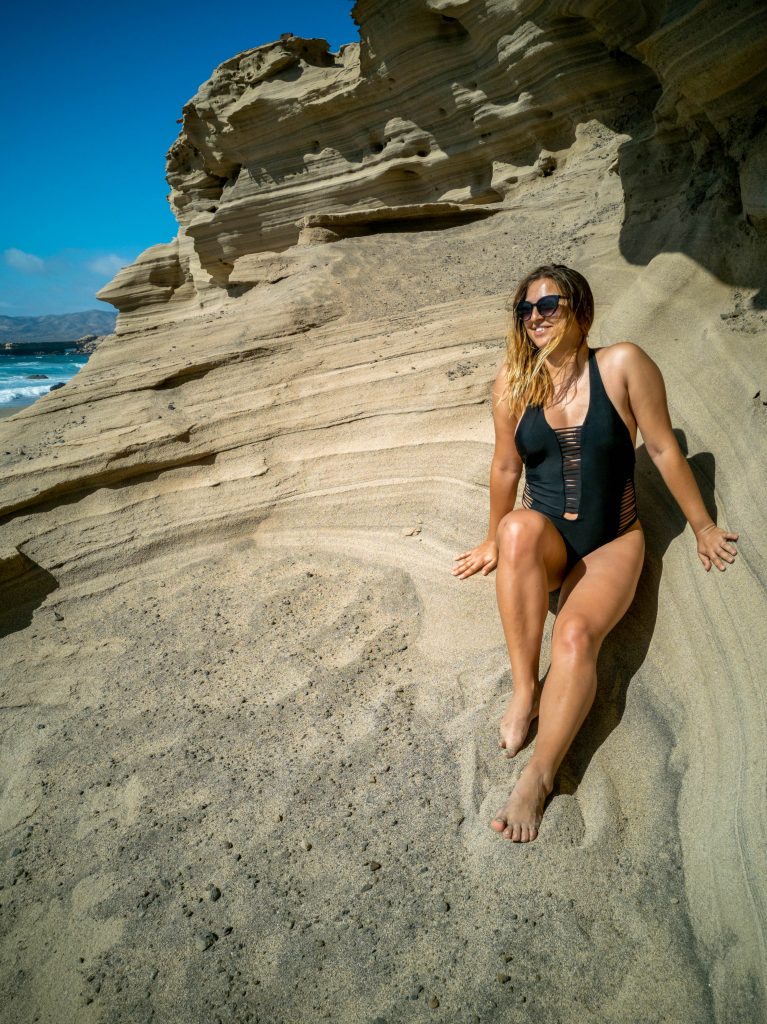

Gastronomy
Fuerteventura has a wide variety of dishes, many of which are shared with the rest of the Canaries.
As you can guess already, they use a large quantity of fish and local products, such as the typical wrinkled potatoes with mojo or Canarian stew.
The fish can be cooked in many ways. Some typical ones are the pejines, the jareas or cherne, corvina or sarma boiled after desalting, served with mojo, potato, sweet potato, and gofio.
The mussels and limpets collected from the island’s shores are also highly appreciated.
Meats, such as cow or pork, are also used for the preparation of different dishes.
The ones that stand out are the baifo and the majorera goat meat, both roasted and stewed.
In recent years, Fuerteventura goat’s cheese has won many international awards. The cheese can be cured, partially cured or soft, natural or mixed with gofio, paprika or oil. Together with Queso Palmero (Palmero Cheese), it is one of the Canarian cheeses with Denomination of Origin.

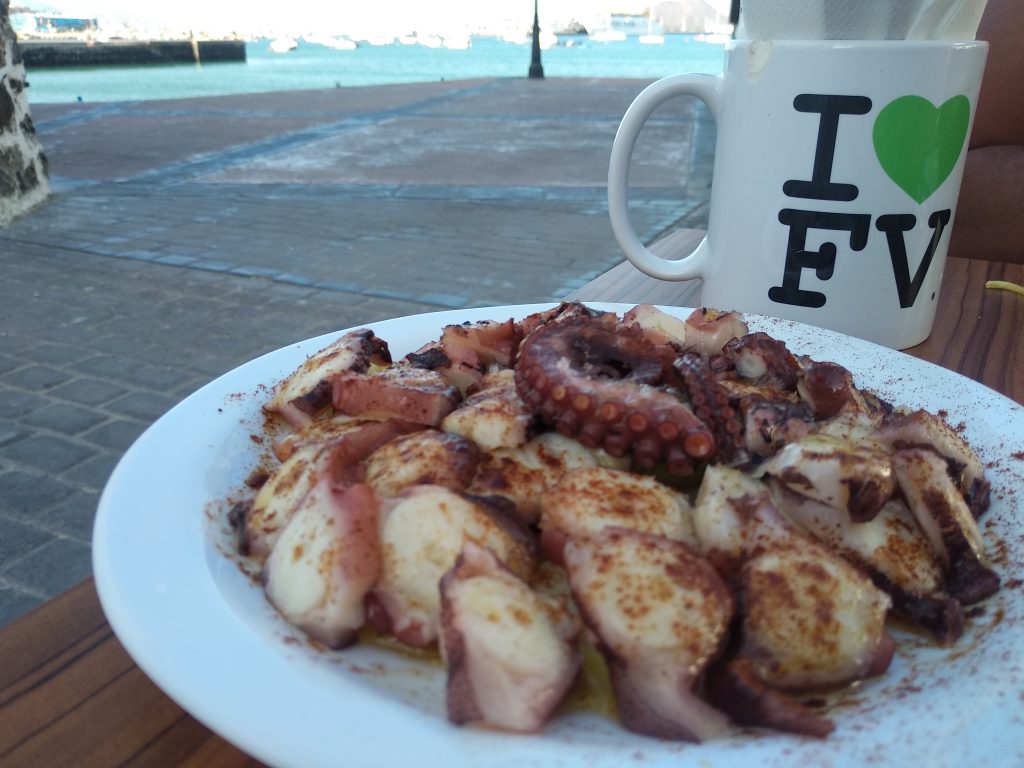
Sharing is caring:
You can find me on my social networks:

